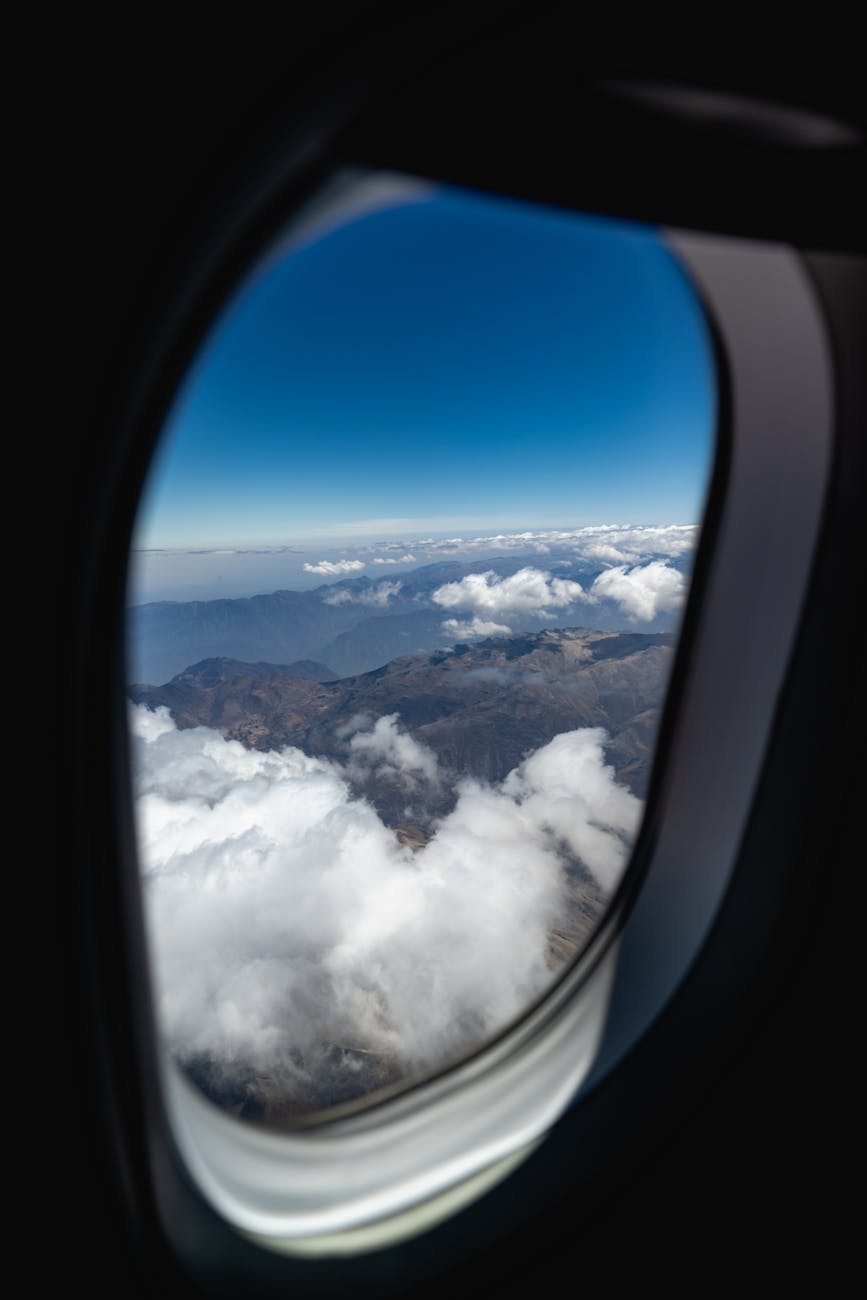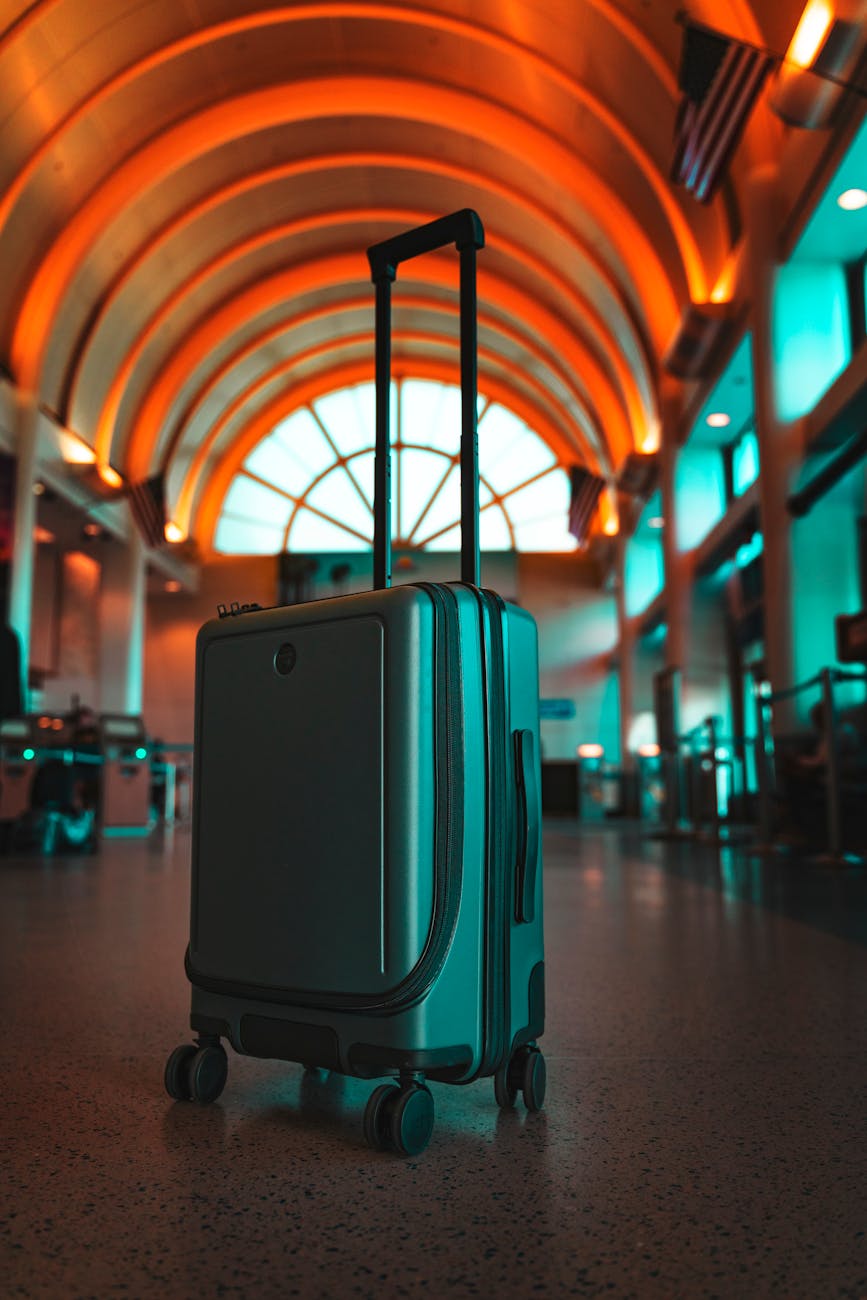Planning to trek in the Andes, hike in the Himalayas, or explore high-altitude cities like La Paz or Cusco? Altitude sickness can affect anyone — even fit, experienced travelers.
But here’s the good news: with the right strategy, you can prevent altitude sickness and enjoy your trip without headaches, fatigue, or worse.
This complete beginner’s guide breaks down how to adapt to high elevations safely, what to pack, and what warning signs to watch out for.
🧠 What Is Altitude Sickness?
Altitude sickness, or Acute Mountain Sickness (AMS), happens when your body can’t adjust quickly enough to reduced oxygen levels at higher elevations (typically above 8,000 feet / 2,400 m).
Common Symptoms:
- Headache
- Nausea or vomiting
- Dizziness or lightheadedness
- Fatigue or poor sleep
- Loss of appetite
- Shortness of breath with exertion
🚨 Severe forms include:
- HAPE (High Altitude Pulmonary Edema) – fluid in lungs
- HACE (High Altitude Cerebral Edema) – swelling in the brain
Both require immediate descent and medical attention.
🗺️ Popular High-Altitude Destinations
| Destination | Elevation |
|---|---|
| Cusco, Peru | 11,150 ft / 3,400 m |
| La Paz, Bolivia | 11,975 ft / 3,650 m |
| Lhasa, Tibet | 11,995 ft / 3,655 m |
| Everest Base Camp, Nepal | 17,598 ft / 5,364 m |
| Mount Kilimanjaro | 19,341 ft / 5,895 m |
| Rocky Mountains (USA) | Up to 14,259 ft / 4,346 m |
✅ How to Prevent Altitude Sickness
🕒 1. Ascend Slowly
- Climb no more than 1,000 ft (300 m) per day above 8,000 ft
- Add a rest/acclimatization day every 3,000 ft (900 m)
- If possible, avoid flying directly to high altitudes
🧭 Slow and steady lets your body adjust naturally.
💧 2. Stay Hydrated — But Don’t Overdo It
- Drink plenty of water
- Avoid alcohol, excess caffeine, and salty snacks early on
- Add electrolytes when hiking or sweating heavily
💡 Dehydration can mimic or worsen AMS symptoms.
🍝 3. Eat High-Carb, Easy-to-Digest Meals
- Carbs help your body process oxygen more efficiently
- Stick to small, frequent meals
- Avoid greasy or heavy foods the first 1–2 days
🥙 Think: pasta, rice, bread, fruit — not burgers or steak.
💤 4. Rest the First 48 Hours
- Take it easy upon arrival
- Avoid strenuous activity until your body adjusts
- Use extra nights at intermediate elevations before going higher
🧘 Give your body a chance to acclimate.
💊 5. Consider Preventive Medications
Acetazolamide (Diamox):
- Prescription required
- Start 1–2 days before ascent
- Helps speed up acclimatization
- Side effects: tingling fingers, increased urination
Ibuprofen or Aspirin:
- Effective for altitude-related headaches
💊 Always consult your doctor before traveling at elevation.
🌬️ 6. Sleep Low, Climb High
- Hike to a higher elevation during the day
- Sleep at a lower elevation at night
🏕️ This technique reduces your risk of AMS while still gaining altitude.
🧠 7. Listen to Your Body
🚩 Do NOT ignore symptoms.
- Headache? Take a break.
- Dizziness or nausea? Stop ascending.
- Loss of coordination? Descend immediately.
🎯 Altitude sickness is not about toughness — it’s about awareness.
🧳 What to Pack for High-Altitude Travel
| Item | Why It Helps |
|---|---|
| Acetazolamide (Diamox) | Prevents & treats altitude sickness |
| Ibuprofen / Aspirin | Eases headaches |
| Electrolyte tablets | Replenishes hydration |
| UV sunglasses & sunscreen | UV is stronger at altitude |
| Merino wool layers | Stay warm + wick moisture |
| Energy snacks | Keeps blood sugar stable |
| Pulse oximeter (optional) | Tracks oxygen saturation |
| Travel insurance w/ evac | Crucial for remote trekking zones |
🚨 Emergency Signs: When to Descend Immediately
- Extreme fatigue or confusion
- Inability to walk straight
- Severe headache unrelieved by medication
- Shortness of breath at rest
- Persistent vomiting
- Blue lips or fingertips
🆘 Descent is the only effective treatment for severe AMS, HAPE, or HACE.
✅ Altitude Sickness Prevention Checklist
| Task or Strategy | ✅ Ready? |
|---|---|
| Gradual ascent route planned | ✅ |
| Hydration and electrolyte plan ready | ✅ |
| Doctor consulted about Diamox | ✅ |
| Rest days built into itinerary | ✅ |
| Warm clothing and sun protection packed | ✅ |
| Familiar with emergency symptoms | ✅ |
| Travel insurance covers evacuation | ✅ |
✨ Final Thoughts: Breathe Easy at Altitude
You don’t have to be climbing Everest to feel the effects of altitude. But with the right gear, preparation, and pacing, you can explore high-elevation destinations safely — and take in the breathtaking views without breathlessness.
🏔️ Acclimate with intention. Adventure with confidence.






Leave a Reply